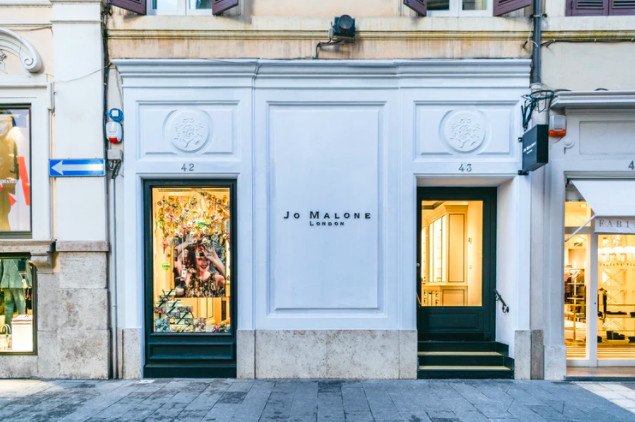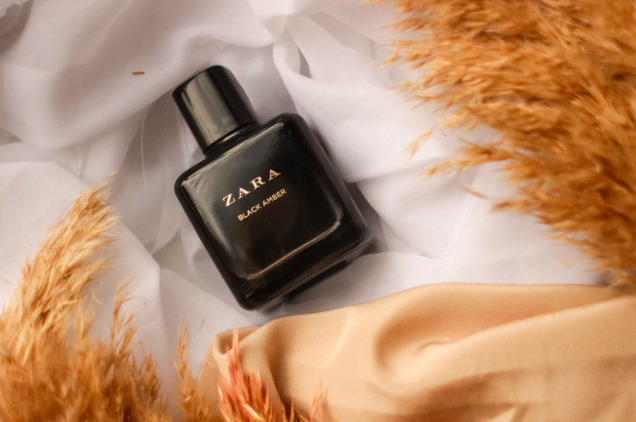What Happens When Fast Fashion Meets Luxury?
The Jo Malone Zara collaboration has sparked conversations about luxury and fast fashion. How did this partnership benefit both brands?
The intersection of fast fashion and luxury is always an intriguing phenomenon. A recent example is Zara’s partnership with Jo Malone to create a new line of fragrances.
For those unfamiliar with Jo Malone, it is a British fragrance brand owned by Estée Lauder since 1999. Known for its timeless sophistication, elegant simplicity, and unique scent compositions, Jo Malone has revolutionized luxury perfumery with its minimalist yet innovative approach.
However, Zara’s collaboration with Jo Malone raises an important question: Why would a niche luxury brand align with a mass-market giant?

The Strategic Vision Behind the Collaboration
At first glance, this collaboration seems unexpected. Zara, a dominant player in the fast fashion industry, and Jo Malone, a brand that embodies exclusivity and craftsmanship, operate in completely different segments.
Yet, from a strategic standpoint, this partnership benefits both brands—at least in theory.
What Was Jo Malone’s Strategy?
A possible rationale behind Jo Malone’s decision was to increase brand awareness by offering a more affordable entry-level product to a wider audience.
Since Jo Malone is known among fragrance enthusiasts but not necessarily the mainstream public, this collaboration could act as a gateway for new consumers. The idea is that once consumers experience Jo Malone’s signature scents, they might be more inclined to explore the higher-end Jo Malone London products.
However, this raises a contradiction: Jo Malone does not position itself as a haute couture or museum-worthy brand that creates aspirational demand. This made the strategic intent somewhat unclear.
Why Did Zara Benefit from This Partnership?
For Zara, the collaboration was a perfect match. If you have ever walked down Passeig de Gracia in Barcelona or Bond Street in London, you may have noticed how Zara’s retail stores now resemble luxury boutiques.
Zara is slowly repositioning itself—not just as a fast fashion retailer, but as a masstige or even premium brand.
- Its store architecture and window displays now resemble those of luxury fashion houses.
- It continues to offer affordable yet high-quality fashion, but with an aspirational appeal.
- Partnering with Jo Malone helped Zara borrow credibility from a luxury brand and deliver high-quality, long-lasting fragrances at an accessible price (between €10 and €15).
From Zara’s perspective, this was a strategic win—offering a premium experience without increasing its pricing structure.
From Strategy to Execution: What Went Wrong?
While the collaboration seemed strong in theory, its execution was not flawless.
Where the Strategy Fell Short:
Product Placement in Stores
- Zara continued displaying fragrances in a generic section, often near checkout areas or tucked into corners.
- The minimalist design of the perfume bottles was elegant, but there was no differentiation in how they were showcased.
Branding Confusion
- Nowhere on the fragrance bottles did the name Jo Malone London appear.
- This led to consumer confusion, as the brand identity was not explicitly leveraged.
Lack of Staff Awareness
- Zara sales associates were unfamiliar with the product details and could not explain the Jo Malone connection.
- There was no in-store storytelling to educate consumers about the luxury-quality fragrance collaboration.
Clarifying the Confusion: A Visit to Jo Malone London
Curious about this partnership, I decided to visit a Jo Malone boutique to ask about the collaboration.
Upon entering, the difference in customer experience was striking:
- A Beauty Consultant greeted me immediately, introduced the latest Jo Malone scents, and engaged in an informative conversation.
- When I asked, “Did Jo Malone do a co-branding collaboration with Zara?”, her reaction was instant:
“Oh no!” she responded quickly. “The collaboration was done by Jo Malone, the perfumer—not Jo Malone London.”
She then explained:
- In 1999, Jo Malone (the person) sold her brand to Estée Lauder.
- Since then, Jo Malone London and Jo Malone (the perfumer) are entirely separate entities.
- The Jo Malone x Zara fragrances were created by Jo Malone, the perfumer, through an independent deal—not by Jo Malone London.
Essentially, Zara was not partnering with Jo Malone London, but rather with its original founder, who is now a freelance perfumer.
This completely changed the perspective of the collaboration. It was no longer a luxury brand reaching the mass market, but rather a perfumer lending her expertise to a new fragrance collection.
Final Thoughts: A Shifted Strategy
Initially, the assumption was that Jo Malone London wanted to gain mainstream awareness. However, the reality was different:
- Zara was the true strategic driver of this collaboration.
- The goal was to offer premium fragrances at affordable prices while elevating Zara’s perceived brand positioning.
- However, the lack of clear branding and executional flaws weakened the impact of the partnership.
While the scents themselves are impressive, the failure to properly communicate the collaboration led to confusion and missed opportunities for brand storytelling.
Was this a missed branding opportunity, or do you think the collaboration still delivered value? Share your thoughts in the comments.
